
Bupyeong: The Heartbeat of Incheon
Discover Bupyeong: Where vibrant markets, diverse cuisine, and rich history converge in the bustling heart of Incheon, South Korea.
Bupyeong, nestled in the vibrant city of Incheon, South Korea, offers a delightful blend of modernity and tradition. This bustling neighborhood is known for its lively markets, diverse dining options, and rich cultural heritage. As you wander through Bupyeong, you'll encounter a lively atmosphere filled with the sounds of street vendors, the aroma of delectable Korean cuisine, and the sight of locals going about their daily lives. One of the highlights of Bupyeong is its famous underground shopping mall, Bupyeong Modoo Mall. Stretching over 1.8 kilometers, it is one of the largest underground shopping complexes in Asia. Here, you can find everything from fashionable clothing and accessories to unique souvenirs and electronics. The mall is also home to various cafes and eateries, making it a perfect spot to take a break and savor some local delicacies. For those interested in history and culture, Bupyeong offers several landmarks worth exploring. The Bupyeong History Museum provides insight into the area’s past, showcasing artifacts and exhibits that narrate the story of Bupyeong's development. Additionally, Bupyeong Park offers a serene escape from the hustle and bustle, with beautiful walking trails, a picturesque lake, and ample green spaces for picnics and relaxation. Food enthusiasts will be delighted by the culinary offerings in Bupyeong. From traditional Korean barbecue restaurants to trendy cafes and international cuisines, there is something to satisfy every palate. Be sure to visit the bustling Bupyeong Market, where you can sample a variety of street foods, including tteokbokki (spicy rice cakes), hotteok (sweet pancakes), and freshly made kimchi.
Local tips in Bupyeong
- Visit Bupyeong Modoo Mall early in the morning to avoid crowds and get the best deals.
- Try the local street food at Bupyeong Market for an authentic taste of Korean cuisine.
- Wear comfortable shoes as there is a lot of walking involved, especially in the underground mall.
- Check the local calendar for cultural festivals and events that often take place in Bupyeong Park.
- Learn a few basic Korean phrases; while many locals understand English, a little effort goes a long way.
Bupyeong: The Heartbeat of Incheon
Bupyeong, nestled in the vibrant city of Incheon, South Korea, offers a delightful blend of modernity and tradition. This bustling neighborhood is known for its lively markets, diverse dining options, and rich cultural heritage. As you wander through Bupyeong, you'll encounter a lively atmosphere filled with the sounds of street vendors, the aroma of delectable Korean cuisine, and the sight of locals going about their daily lives. One of the highlights of Bupyeong is its famous underground shopping mall, Bupyeong Modoo Mall. Stretching over 1.8 kilometers, it is one of the largest underground shopping complexes in Asia. Here, you can find everything from fashionable clothing and accessories to unique souvenirs and electronics. The mall is also home to various cafes and eateries, making it a perfect spot to take a break and savor some local delicacies. For those interested in history and culture, Bupyeong offers several landmarks worth exploring. The Bupyeong History Museum provides insight into the area’s past, showcasing artifacts and exhibits that narrate the story of Bupyeong's development. Additionally, Bupyeong Park offers a serene escape from the hustle and bustle, with beautiful walking trails, a picturesque lake, and ample green spaces for picnics and relaxation. Food enthusiasts will be delighted by the culinary offerings in Bupyeong. From traditional Korean barbecue restaurants to trendy cafes and international cuisines, there is something to satisfy every palate. Be sure to visit the bustling Bupyeong Market, where you can sample a variety of street foods, including tteokbokki (spicy rice cakes), hotteok (sweet pancakes), and freshly made kimchi.
Iconic landmarks you can’t miss
Incheon Chinatown
Experience the rich cultural tapestry of Incheon Chinatown, where vibrant streets, delicious cuisine, and rich history come together in a captivating atmosphere.
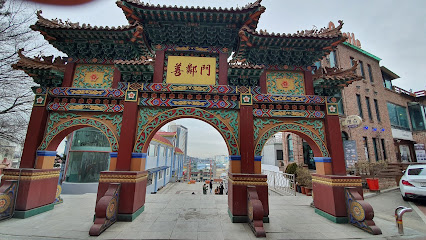
Songwol-dong Fairy Tale Village
Explore the magical Songwol-dong Fairy Tale Village in Incheon, where colorful murals and whimsical sculptures bring fairy tales to life in a vibrant setting.

Incheon Grand Park
Discover the charm and tranquility of Incheon Grand Park, a stunning green retreat in the heart of the city featuring gardens, trails, and recreational activities.
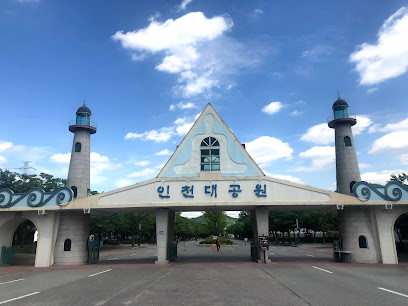
Bupyeong Park
Discover tranquility and natural beauty at Bupyeong Park, a picturesque urban park in Incheon, South Korea, perfect for relaxation and leisurely strolls.
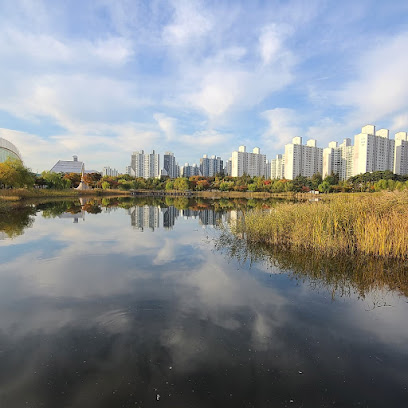
Incheon Butterfly Park
Discover the enchanting beauty of Incheon Butterfly Park, a haven for nature enthusiasts and a perfect escape in the heart of Incheon.
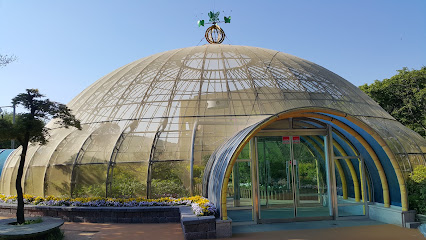
Memorial Hall for Incheon Landing Operation
Explore the Memorial Hall for Incheon Landing Operation, a historical tribute to the bravery of soldiers during the Korean War, set against the stunning backdrop of Incheon.
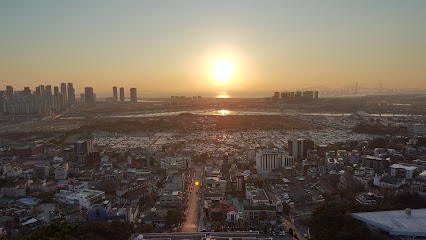
Toyoko Inn Incheon Bupyeong
Experience comfort and convenience at Toyoko Inn Incheon Bupyeong, your ideal base for exploring the vibrant culture of Incheon.
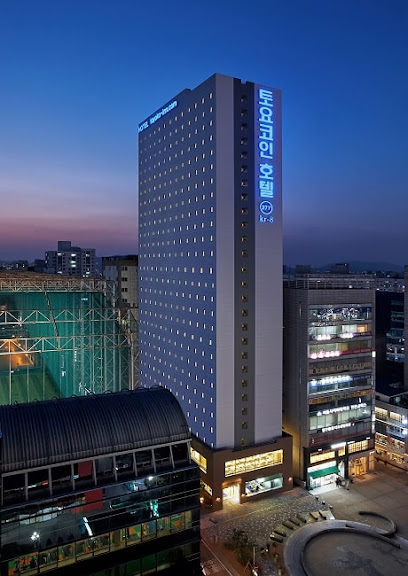
부평문화의거리
Explore the vibrant arts and culture at Bupyeong Cultural Center, where tradition meets modern creativity in the heart of Incheon.
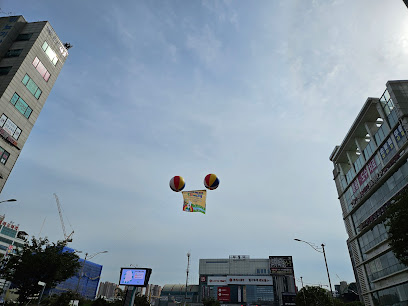
Bupyeong Shopping Mall
Discover Bupyeong Shopping Mall: a vibrant blend of shopping, dining, and entertainment in the heart of Incheon, South Korea.

HongYe-mun
Discover the historical charm of HongYe-mun, a stunning gateway that narrates Incheon's rich past amidst beautiful natural surroundings.
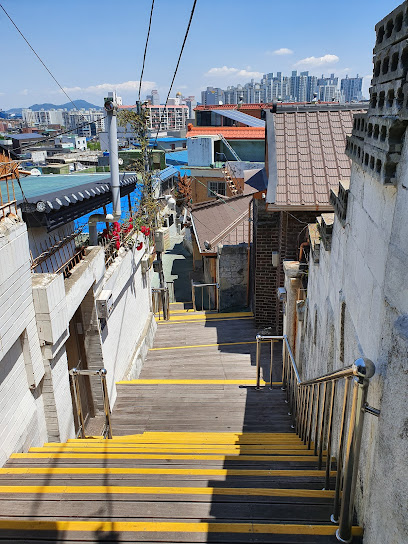
Incheon Urban History Museum
Discover Incheon's history at the Urban History Museum, where past and present unite through engaging exhibits and culture.
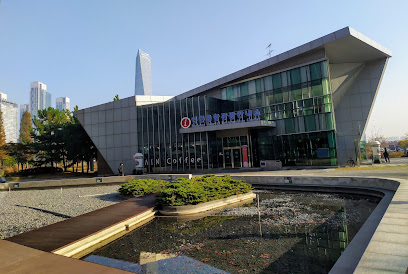
Underground Shopping
Explore the bustling Underground Shopping Center in Incheon's vibrant heart, where modern retail meets unique local finds and delicious cuisine.
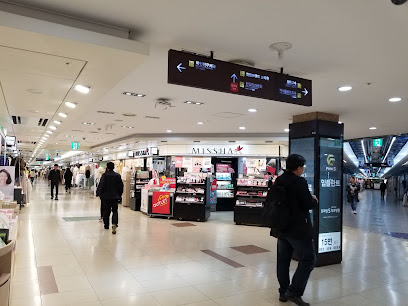
Bupyeong Station
Discover Bupyeong Station, a vibrant transit hub in Incheon, connecting you to local culture, delicious cuisine, and exciting destinations.
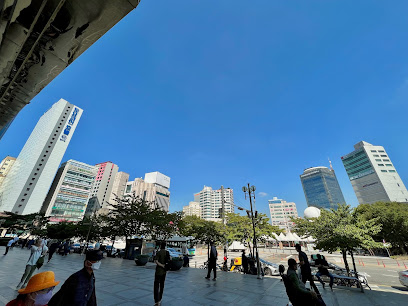
Incheon Family Park
Discover the beauty and tranquility of Incheon Family Park, a perfect destination for families and nature lovers in Bupyeong, Incheon.
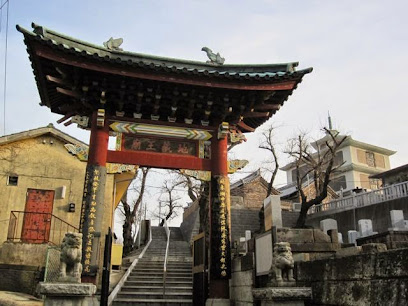
Bupyeong Modoomall (Bupyeong Underground Shopping Mall)
Discover the heart of Incheon at Bupyeong Modoomall, a vibrant underground shopping haven filled with unique finds and local delicacies.

Unmissable attractions to see
Incheon Chinatown
Explore Incheon Chinatown – where Korean and Chinese cultures blend seamlessly, offering a vibrant experience filled with delicious food and rich history.
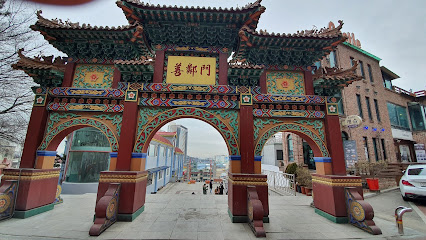
Songwol-dong Fairy Tale Village
Discover the magic of Songwol-dong Fairy Tale Village, a vibrant and whimsical destination filled with colorful murals and enchanting sculptures in Incheon, South Korea.
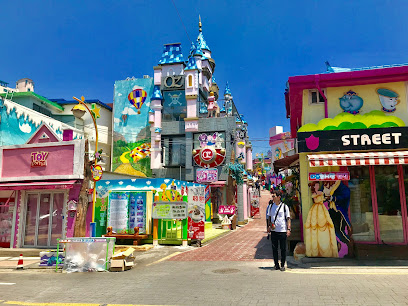
Incheon Grand Park
Discover the breathtaking beauty and recreational activities at Incheon Grand Park, a must-visit destination for nature lovers and adventure seekers alike.
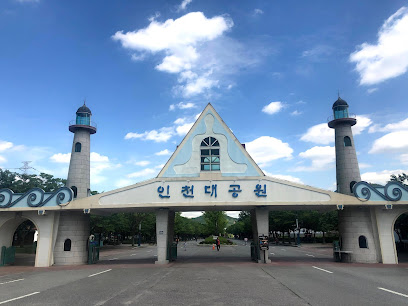
Freedom Park
Explore the peaceful landscapes and historic monuments of Freedom Park in Incheon, a perfect blend of nature and culture.

Incheon Grand Park - Rose Garden
Explore the enchanting Rose Garden at Incheon Grand Park, a serene escape filled with vibrant blooms and peaceful pathways in the heart of Incheon.
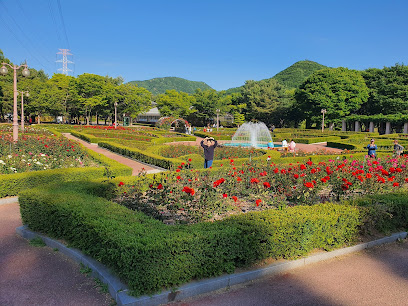
Bupyeong Park
Explore the lush landscapes and tranquil ambiance of Bupyeong Park, a serene urban oasis in Incheon, perfect for relaxation and leisure.
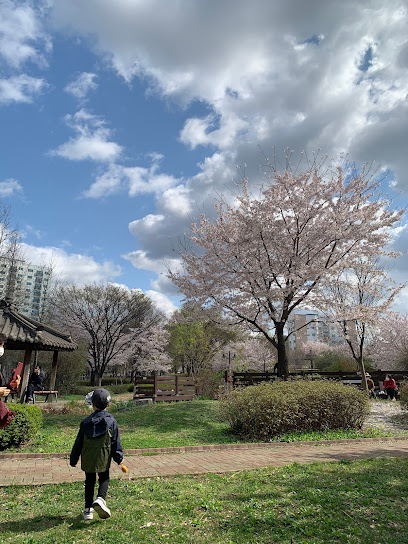
Incheon Grand Park Children's Zoo
Experience the joy of wildlife at Incheon Grand Park Children's Zoo, a delightful family attraction in South Korea's scenic Incheon.
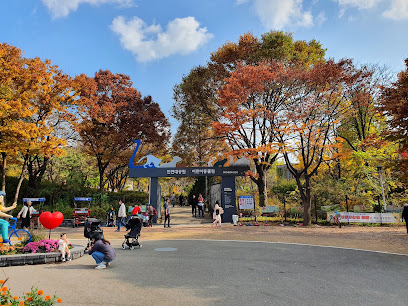
Incheon Butterfly Park
Experience nature's beauty at Incheon Butterfly Park, where colorful butterflies and serene gardens create an unforgettable escape in the heart of the city.
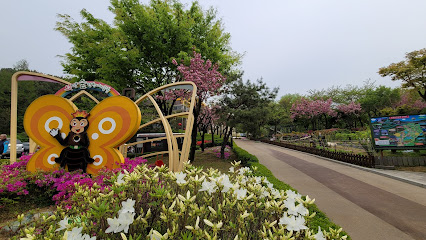
Memorial Hall for Incheon Landing Operation
Explore the Memorial Hall for Incheon Landing Operation, a poignant tribute to the sacrifices of the Korean War, where history comes alive.
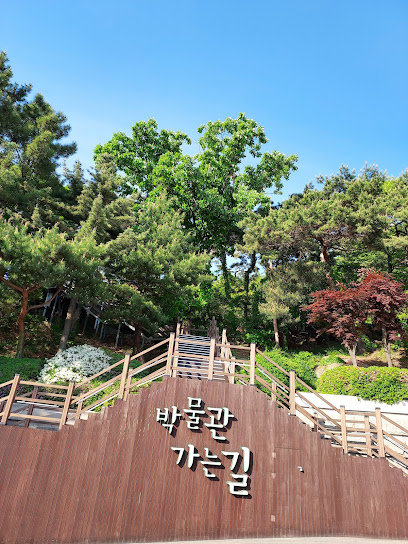
부평문화의거리
Discover the vibrant Bupyeong Cultural Center in Incheon, a hub of art, culture, and community events in South Korea.
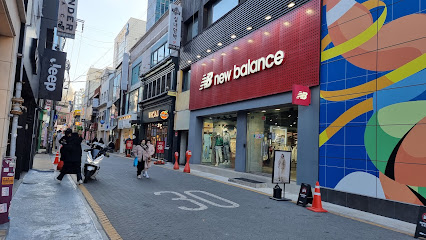
Essential places to dine
Bihanee
Discover authentic Indian cuisine at Bihanee in Incheon - where every dish tells a story.
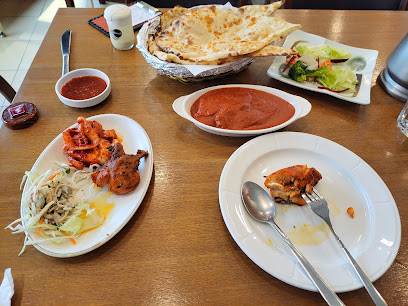
더히든키친
Experience authentic Korean flavors in a cozy atmosphere at 더히든키친 - a hidden culinary gem in Incheon.
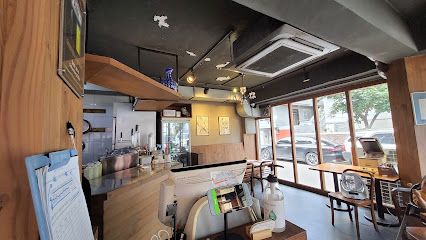
Kobe Gyukatsu
Discover the exquisite taste of gyukatsu at Kobe Gyukatsu - an essential stop for food lovers in Incheon's Bupyeong District.
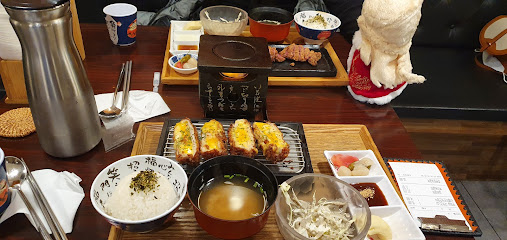
쿠치나디나폴리
Experience authentic Italian cuisine at Cucina di Napoli in Incheon – where every dish is crafted with love and tradition.
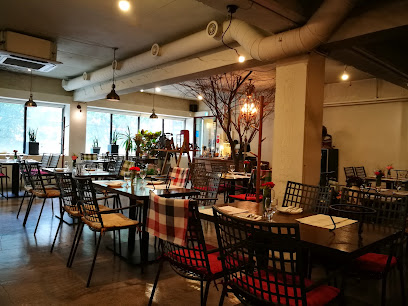
인브스키친
Experience authentic Italian cuisine at 인브스키친 in Incheon—where every dish tells a story of tradition and flavor.
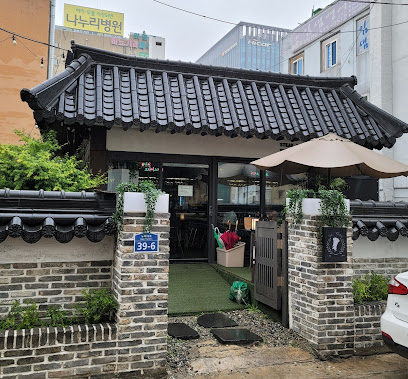
Carib
Experience authentic Italian cuisine at Carib in Bupyeong-gu, Incheon – where delightful flavors meet vibrant celebrations.
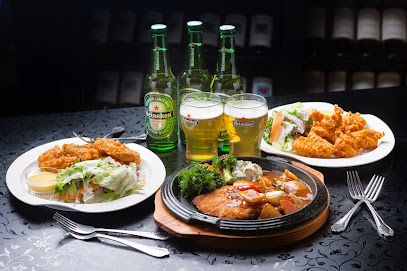
Kinto
Discover authentic Japanese flavors at Kinto in Bupyeong District, Incheon – where every meal is a culinary journey.
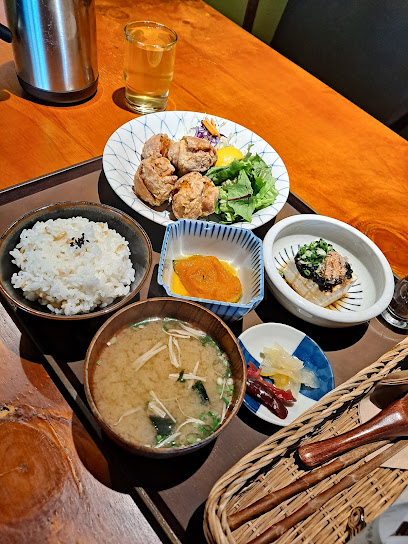
다이닝카페 게미
Discover 다이닝카페 게미: A must-visit brunch spot in Bupyeong-gu, Incheon offering delicious meals and a cozy atmosphere.
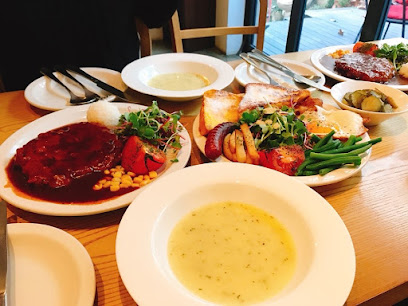
헝그리바스켓
Discover the best of Western cuisine at 헝그리바스켓 in Incheon’s Bupyeong District - where flavor meets comfort.
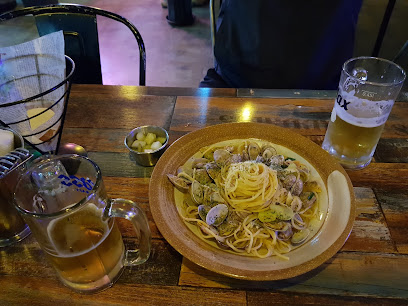
Korean BBQ
Delight in authentic Korean BBQ with fresh ingredients and a vibrant atmosphere in Incheon's Bupyeong District.
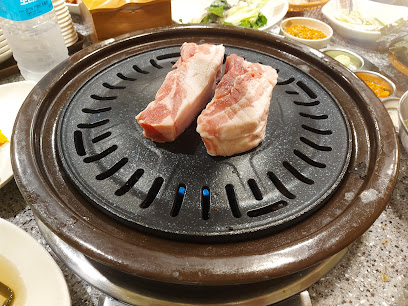
The Hidden Kitchen Brunch
Discover culinary delights at The Hidden Kitchen Brunch in Bupyeong-gu, Incheon – where every meal is an unforgettable experience.
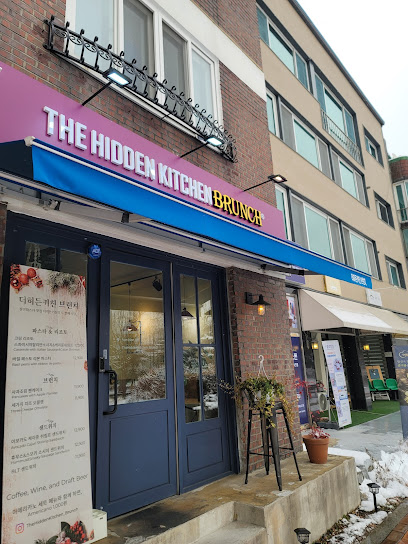
253식당
Experience exceptional Western cuisine at 253식당 in Incheon's Bupyeong District - where flavor meets warmth.
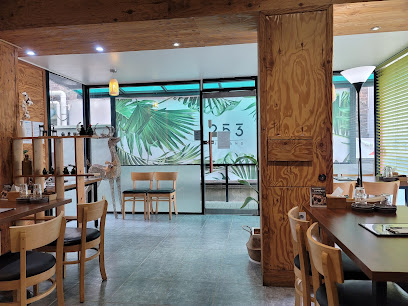
TTARA RESTAURANT (Halal food)
Experience the essence of Indian halal cuisine at TTARA Restaurant in Bupyeong-gu, Incheon - where every dish tells a story.
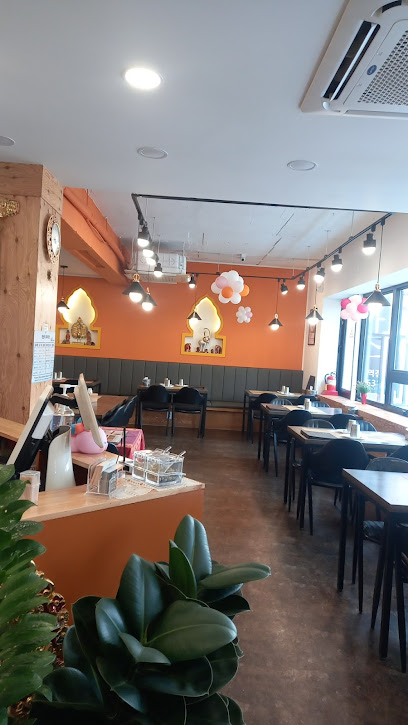
부평포차
Savor authentic Korean cuisine at Bupyeong Pocha in Incheon – where tradition meets taste in every dish.
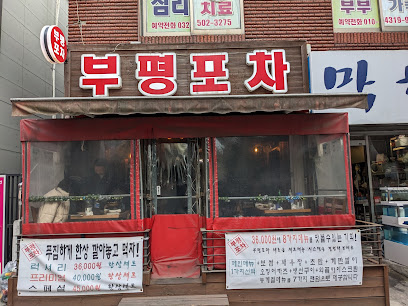
Restaurant
Savor authentic Korean cuisine at this charming Bupyeong-gu restaurant, offering an unforgettable dining experience amidst local culture.
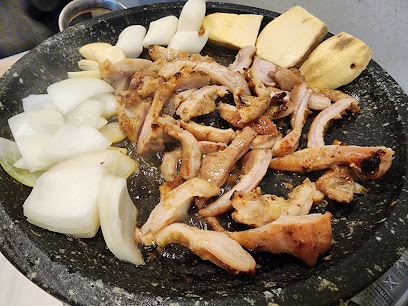
Markets, malls and hidden boutiques
부평역 지하상가
Discover the eclectic shops and delicious street food at Bupyeong Underground Shopping Mall in Incheon, a vibrant hub for tourists and locals alike.
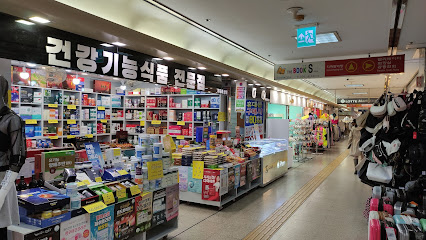
Bupyeong Shopping Mall
Experience the vibrant atmosphere of Bupyeong Shopping Mall, where shopping meets culture in the heart of Incheon, South Korea.
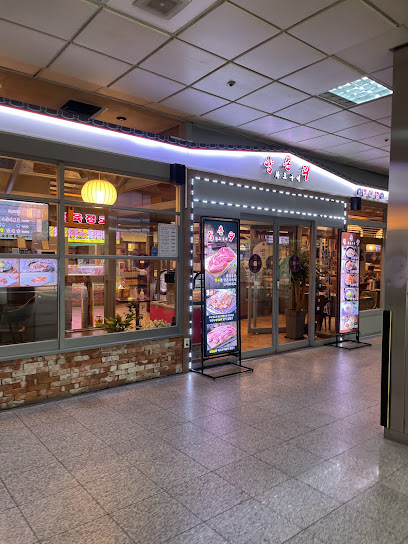
Underground Shopping
Discover the bustling Underground Shopping Mall in Incheon, offering diverse shopping and authentic Korean cuisine in a vibrant, subterranean setting.
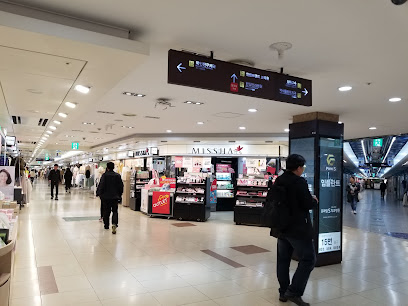
Bupyeong Modoomall (Bupyeong Underground Shopping Mall)
Explore Bupyeong Modoomall: A vibrant underground shopping mall in Incheon, where fashion meets culture and delicious street food awaits.
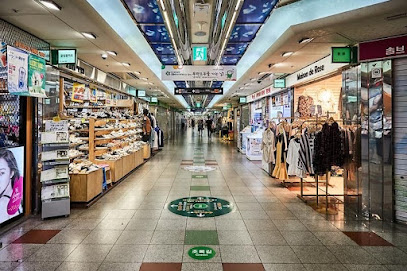
Ilnua Shop
Explore Ilnua Shop in Incheon for unique costume jewelry and handcrafted accessories that celebrate local craftsmanship and culture.

유니랜드
Explore 유니랜드 in Incheon, a magical gift shop and café, perfect for families and tourists seeking unique treasures and delightful experiences.
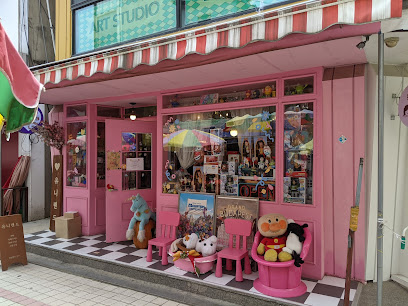
한톨상점
Explore 한톨상점 in Bupyeong-gu, Incheon for unique gifts, local crafts, and a taste of Korean culture.
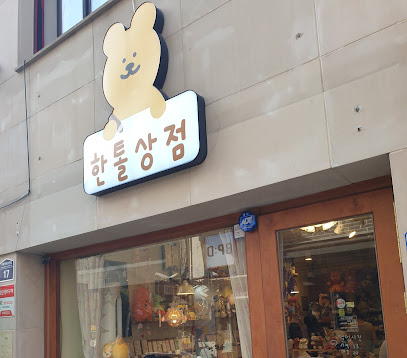
유니랜드 2호점
Explore the charm of 유니랜드 2호점, your go-to gift shop in Bupyeong-gu for unique souvenirs that celebrate Korean culture.
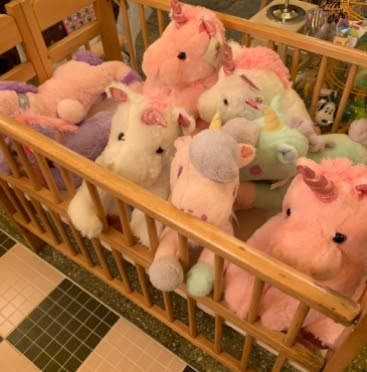
오렌지빌리지
Explore the heart of Korean culture at Orange Village, Bupyeong-gu's premier gift shop for unique souvenirs and local crafts.
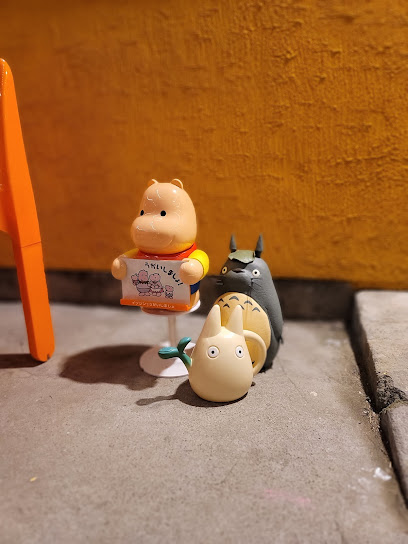
Tawokwin
Explore Tawokwin in Incheon for exquisite gifts and authentic Korean souvenirs that capture the spirit of this vibrant culture.

Essential bars & hidden hideouts
Columbus Lounge
Discover the stylish Columbus Lounge in Incheon, where expert cocktails and a chic atmosphere create an unforgettable nightlife experience.
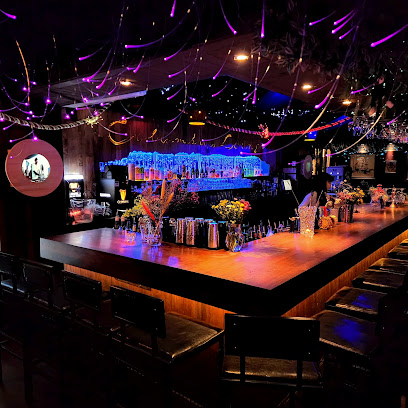
Little Woodstock
Discover the lively atmosphere of Little Woodstock, a vibrant bar in Bupyeong-gu, Incheon, perfect for enjoying drinks and local nightlife.
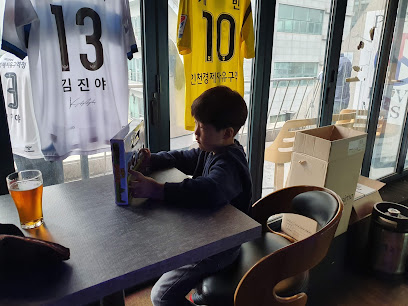
오아시스
Experience the vibrant nightlife at Oasis Bar in Bupyeong-gu, Incheon, offering delicious drinks and a lively atmosphere perfect for relaxation and socializing.
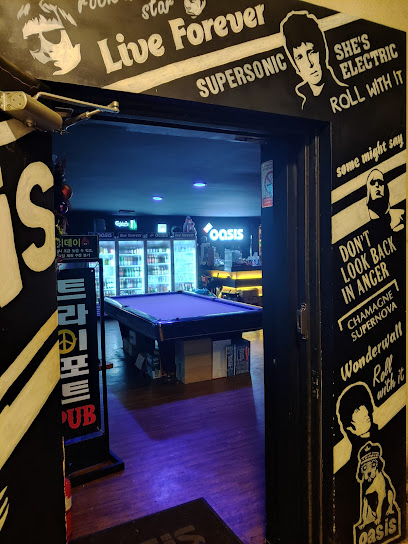
15평 십오평
Discover the vibrant nightlife at 15평 십오평 - a must-visit bar in Bupyeong-gu, Incheon, where local culture and modern trends blend seamlessly.

재즈인락
Discover the vibrant atmosphere of 재즈인락, a jazz bar in Bupyeong-gu, Incheon, where live music meets delightful drinks in a cozy setting.
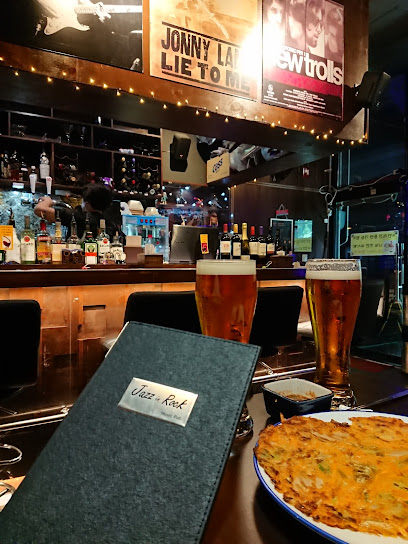
오늘은37.2도
Discover the essence of Incheon nightlife at 오늘은37.2도, where great drinks and good company create unforgettable memories.
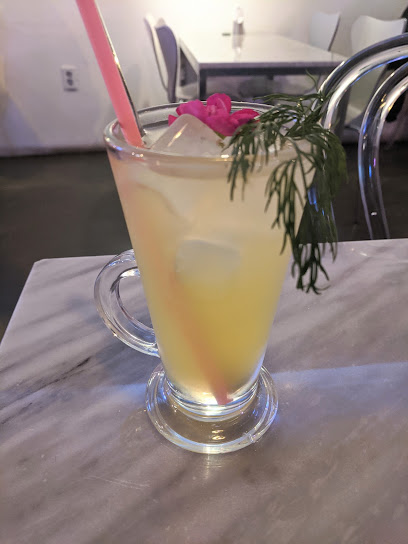
우리의 온도
Discover a delightful culinary experience at Our Temperature Grill in Incheon, where expert grilling and warm hospitality await you.
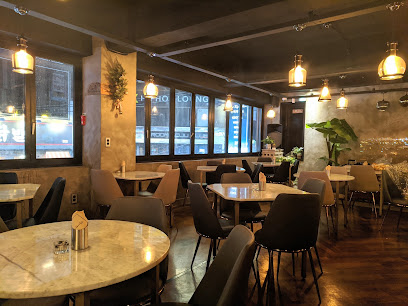
19th Street Vibe Bar & BBQ
Savor the vibrant flavors of Korean BBQ at 19th Street Vibe Bar & BBQ in Incheon, where every meal is a celebration of taste and togetherness.
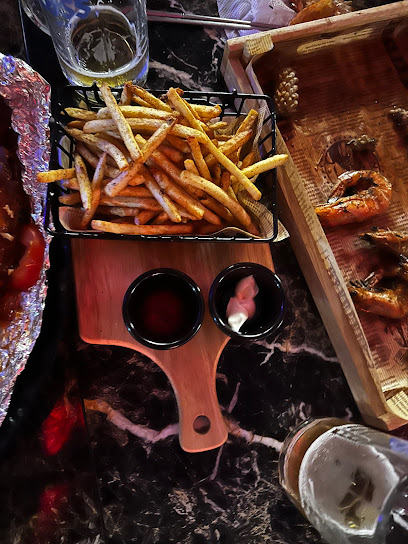
오비베어 인천테크노밸리
Experience the energy of Incheon at 오비베어 인천테크노밸리, a top bar in the Techno Valley with a diverse drink menu and lively atmosphere.
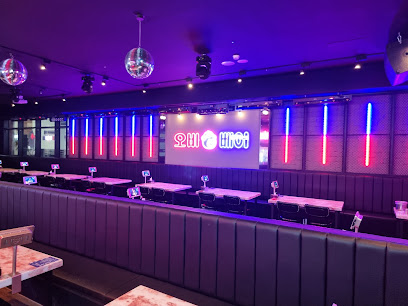
TRIPORT PUB
Discover the vibrant ambiance of Triport Pub, an Irish pub in Incheon offering cocktails, sports, and mouth-watering Mexican cuisine. Perfect for night owls!
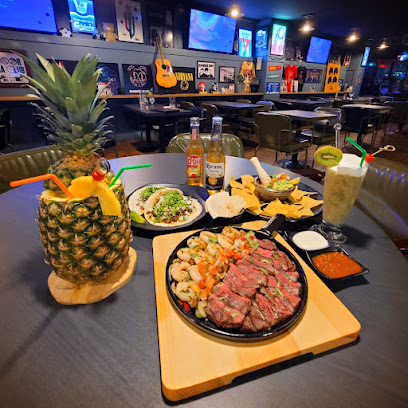
Local Phrases
-
- Hello안녕하세요
[annyeonghaseyo] - Goodbye안녕히 가세요
[annyeonghi gaseyo] - Yes네
[ne] - No아니요
[aniyo] - Please/You're welcome부탁합니다/천만에요
[butakhamnida/cheonmaneyo] - Thank you감사합니다
[gamsahamnida] - Excuse me/Sorry죄송합니다/미안해요
[joesonghamnida/mianhaeyo] - How are you?어떻게 지내세요?
[eotteoke jinaeseyo?] - Fine. And you?잘 지내요. 당신은요?
[jal jinaeyo. dangsineunyo?] - Do you speak English?영어 할 수 있어요?
[yeongeo hal su isseoyo?] - I don't understand이해하지 못해요
[ihaehaji mothaeyo]
- Hello안녕하세요
-
- I'd like to see the menu, please메뉴를 보여주세요
[menyureul boyeojuseyo] - I don't eat meat고기를 먹지 않아요
[gogireul meokji anayo] - Cheers!건배!
[geonbae!] - I would like to pay, please계산을 부탁합니다
[gyesaneul butakhamnida]
- I'd like to see the menu, please메뉴를 보여주세요
-
- Help!도와주세요!
[dowajuseyo!] - Go away!가세요!
[gaseyo!] - Call the Police!경찰을 불러주세요!
[gyeongchareul bulleojuseyo!] - Call a doctor!의사를 불러주세요!
[uisareul bulleojuseyo!] - I'm lost길을 잃었어요
[gireul ileosseoyo] - I'm ill아픈데요
[apeundeyo]
- Help!도와주세요!
-
- I'd like to buy...사고 싶어요...
[sago shipeoyo...] - I'm just looking둘러보고 있어요
[dulleobogo isseoyo] - How much is it?얼마에요?
[eolmaeyo?] - That's too expensive너무 비싸요
[neomu bissayo] - Can you lower the price?가격을 내릴 수 있어요?
[gageoreul naeril su isseoyo?]
- I'd like to buy...사고 싶어요...
-
- What time is it?지금 몇 시에요?
[jigeum myeot shieyo?] - It's one o'clock한 시에요
[han shieyo] - Half past (10)10시 반
[ship shi ban] - Morning아침
[achim] - Afternoon오후
[ohu] - Evening저녁
[jeonyeok] - Yesterday어제
[eoje] - Today오늘
[oneul] - Tomorrow내일
[naeil] - 1하나
[hana] - 2둘
[dul] - 3셋
[set] - 4넷
[net] - 5다섯
[daseot] - 6여섯
[yeoseot] - 7일곱
[ilgob] - 8여덟
[yeodeol] - 9아홉
[ahop] - 10열
[yeol]
- What time is it?지금 몇 시에요?
-
- Where's a/the...?...이 어디에 있어요?
[...i eodie isseoyo?] - What's the address?주소가 뭐예요?
[jusoga mwoyeyo?] - Can you show me (on the map)?지도로 보여주실 수 있어요?
[jidoro boyeojusil su isseoyo?] - When's the next (bus)?다음 (버스) 언제와요?
[daeum (beoseu) eonjewayo?] - A ticket (to ....)표 (....로)
[pyo (....ro)]
- Where's a/the...?...이 어디에 있어요?
History of Bupyeong
-
Bupyeong's history can be traced back to the Three Kingdoms period (57 BC – 668 AD), where it began as a small agricultural settlement. Its fertile land and proximity to waterways made it a vital area for agriculture, supporting the growing population of the region that eventually became Incheon.
-
During the Joseon Dynasty (1392–1910), Bupyeong was designated as a district within the larger Incheon region. This period saw significant development in infrastructure, including roads and government buildings, which facilitated trade and communication. Bupyeong's role as a local administrative hub helped shape its identity within Incheon.
-
The early 20th century marked a transformative period for Bupyeong as Korea fell under Japanese rule (1910–1945). The Japanese initiated urban planning efforts that modernized the area, leading to the construction of new roads and buildings. This period also saw an influx of Japanese settlers, which altered the demographic makeup of Bupyeong.
-
Following the Korean War (1950–1953), Bupyeong experienced rapid growth and industrialization, becoming a central hub for manufacturing and commerce in Incheon. Factories and businesses flourished, attracting a large workforce and leading to significant population growth. The establishment of the Bupyeong District Office in the 1960s further solidified its importance within the city.
-
Today, Bupyeong is known for its vibrant multicultural atmosphere, influenced by the diverse populations that have settled in the area over the decades. The Bupyeong Underground Shopping Mall and the famous Bupyeong Night Market are key attractions, showcasing the neighborhood's blend of traditional and contemporary South Korean culture. The area's ongoing developments continue to reflect its historical significance while embracing modernity.
Bupyeong Essentials
-
Bupyeong is easily accessible from various neighborhoods in Incheon. The Bupyeong Station on Line 1 of the Incheon Subway connects it to other parts of Incheon and Seoul. From Incheon International Airport, take the Airport Railroad Express (AREX) to Hongik University Station, then transfer to Line 2 towards Bupyeong. Alternatively, take a taxi directly from the airport, which takes about 30 minutes depending on traffic.
-
Bupyeong is well-served by public transportation. The Incheon Subway Line 1 runs through the area, making it easy to reach nearby neighborhoods. Local buses are also available, with various routes connecting Bupyeong to other districts. For a more leisurely experience, consider renting a bicycle, as there are bike lanes and parks that make cycling enjoyable.
-
Bupyeong is generally a safe neighborhood for tourists, but standard precautions should be taken. While serious crime is rare, petty theft can occur in crowded areas, especially around Bupyeong Market. Avoid poorly lit streets at night and keep your belongings secure. It is advisable to stay alert in areas with high foot traffic.
-
In case of an emergency, dial 112 for police assistance or 119 for fire and medical emergencies. The Bupyeong area has multiple hospitals and clinics, including the Inha University Hospital. Ensure you have travel insurance that covers medical needs, and familiarize yourself with the location of the nearest medical facilities.
-
Fashion: Do dress modestly, especially when visiting temples or traditional sites. Avoid overly casual attire. Religion: Do show respect during religious ceremonies; take off your shoes when entering homes or temples. Public Transport: Do give up your seat for the elderly and disabled. Don’t talk loudly or eat on public transport. Greetings: Do use a slight bow while greeting; handshakes are also common. Eating & Drinking: Do try local dishes and offer to share. Don’t waste food, as it is considered disrespectful.
-
To experience Bupyeong like a local, visit the Bupyeong Market, where you can sample street food and shop for unique local products. Engage with shop owners and locals to learn more about the area's history and culture. Try to attend one of the local festivals or markets, which often showcase traditional performances and crafts. Don't miss the nearby Bupyeong Hanok Village for a glimpse into traditional Korean architecture and lifestyle.
Trending Landmarks in Bupyeong
-
Incheon Chinatown
-
Songwol-dong Fairy Tale Village
-
Incheon Grand Park
-
Bupyeong Park
-
Incheon Butterfly Park
-
Memorial Hall for Incheon Landing Operation
-
Toyoko Inn Incheon Bupyeong
-
부평문화의거리
-
Bupyeong Shopping Mall
-
HongYe-mun
-
Incheon Urban History Museum
-
Underground Shopping
-
Bupyeong Station
-
Incheon Family Park
-
Bupyeong Modoomall (Bupyeong Underground Shopping Mall)
Nearby Cities to Bupyeong
-
Things To Do in Seoul
-
Things To Do in Suwon
-
Things To Do in Chuncheon
-
Things To Do in Daejeon
-
Things To Do in Jeonju
-
Things To Do in Andong
-
Things To Do in Daegu
-
Things To Do in Gwangju
-
Things To Do in Pohang
-
Things To Do in Suncheon
-
Things To Do in Gyeongju
-
Things To Do in Mokpo
-
Things To Do in Ulsan
-
Things To Do in Busan
-
Things To Do in Jeju City







